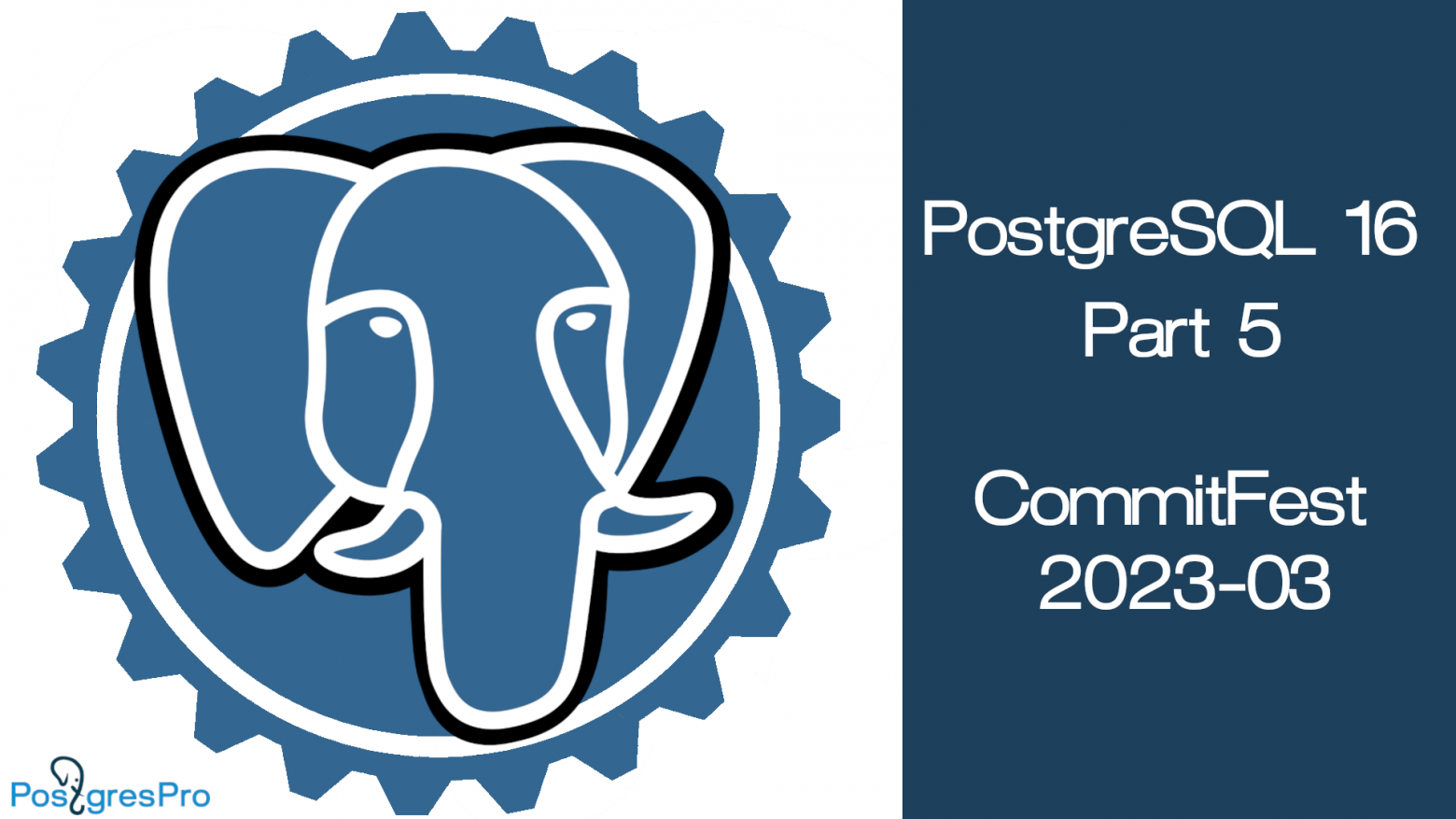In the previous articles, we discussed PostgreSQL
indexing engine,
the interface of access methods, and two access methods:
hash index and
B-tree. In this article, we will describe GiST indexes.
GiST
GiST is an abbreviation of «generalized search tree». This is a balanced search tree, just like «b-tree» discussed earlier.
What is the difference? «btree» index is strictly connected to the comparison semantics: support of «greater», «less», and «equal» operators is all it is capable of (but very capable!) However, modern databases store data types for which these operators just make no sense: geodata, text documents, images,…
GiST index method comes to our aid for these data types. It permits defining a rule to distribute data of an arbitrary type across a balanced tree and a method to use this representation for access by some operator. For example, GiST index can «accommodate» R-tree for spatial data with support of relative position operators (located on the left, on the right, contains, etc.) or RD-tree for sets with support of intersection or inclusion operators.
Thanks to extensibility, a totally new method can be created from scratch in PostgreSQL: to this end, an interface with the indexing engine must be implemented. But this requires premeditation of not only the indexing logic, but also mapping data structures to pages, efficient implementation of locks, and support of a write-ahead log. All this assumes high developer skills and a large human effort. GiST simplifies the task by taking over low-level problems and offering its own interface: several functions pertaining not to techniques, but to the application domain. In this sense, we can regard GiST as a framework for building new access methods.



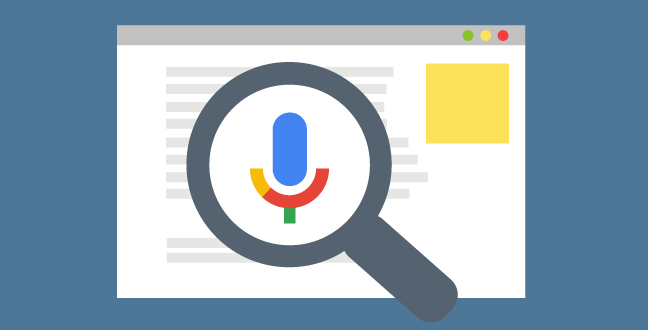
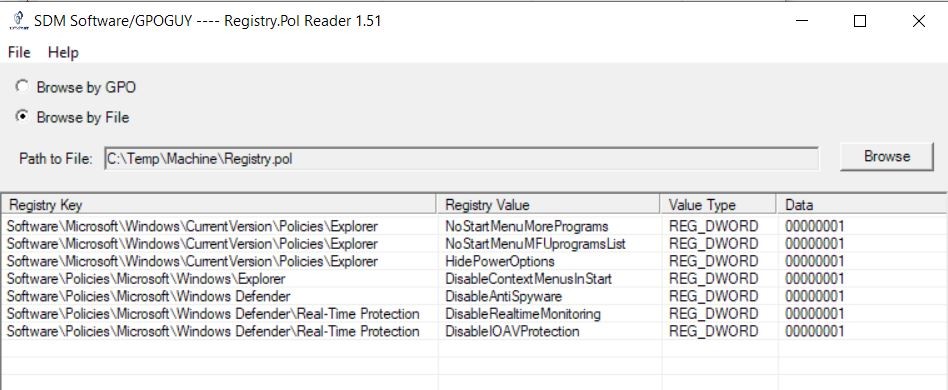
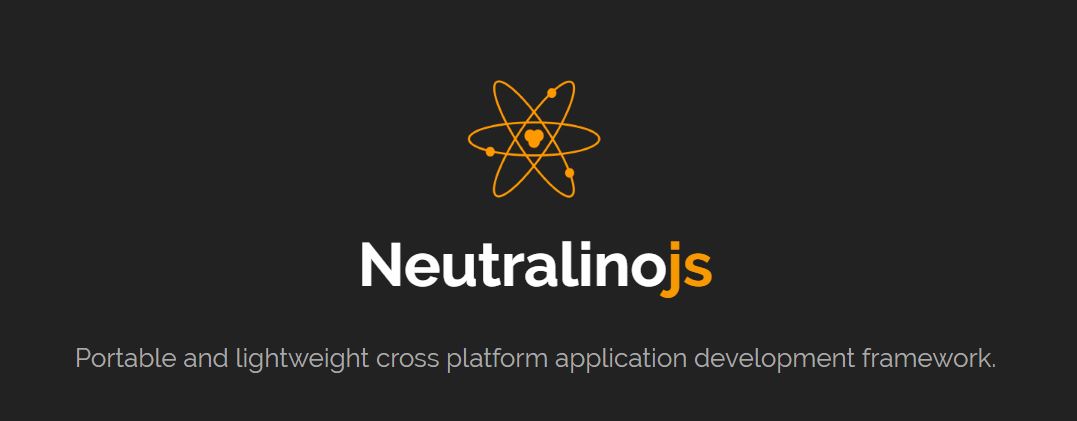



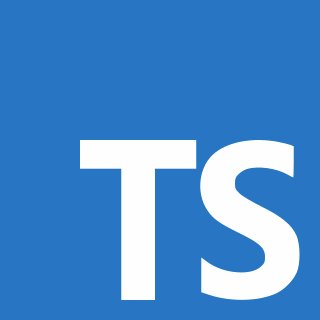 Today we’re happy to announce the availability of our release candidate (RC) of TypeScript 3.3. Our hope is to collect feedback and early issues to ensure our final release is simple to pick up and use right away.
Today we’re happy to announce the availability of our release candidate (RC) of TypeScript 3.3. Our hope is to collect feedback and early issues to ensure our final release is simple to pick up and use right away.

